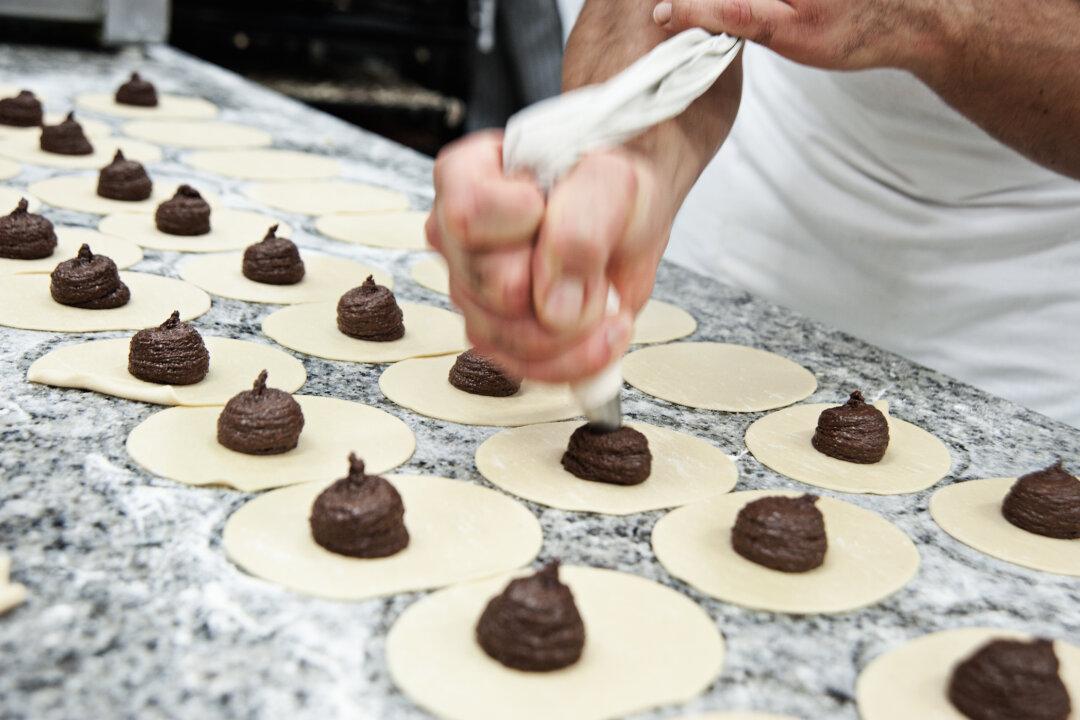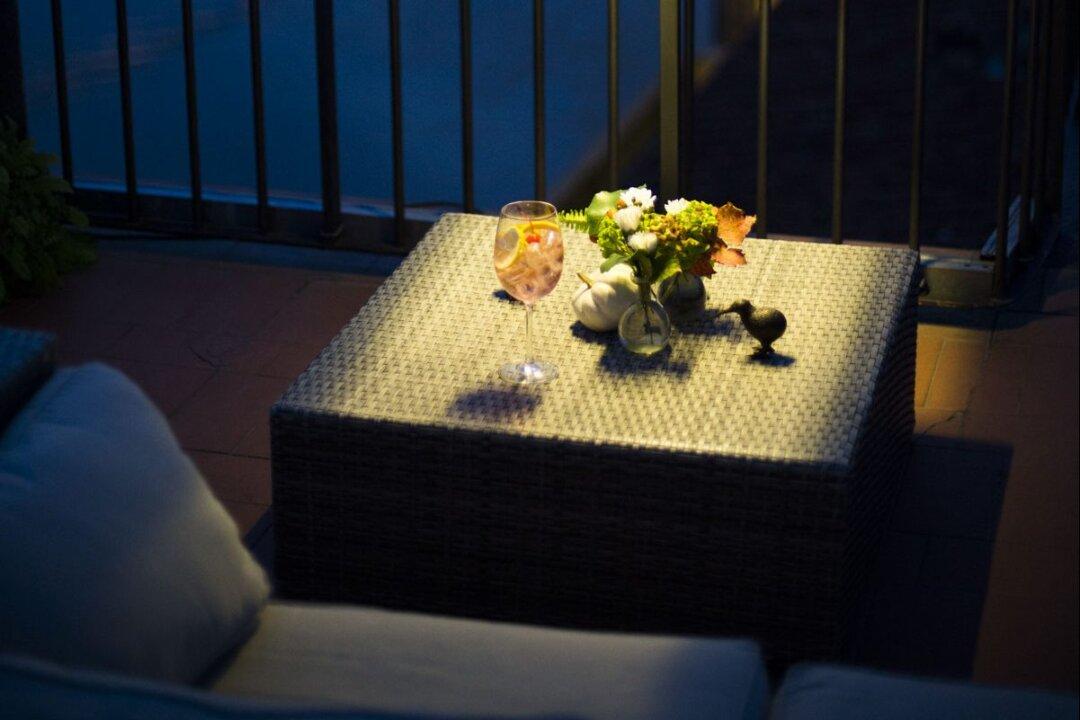Most of us think of chocolate as something for dessert only, but Italians have been adding it to pasta, risotto, polenta, and other savory dishes for centuries. To understand why, it’s important to remember that cacao beans are seeds. Thus, like many other seeds—pepper, fennel, cardamom, and caraway—cacao beans are not naturally sweet and may be used as a spice.
Italian chefs understood this when the beans first arrived from the New World and immediately began experimenting, adding it to many savory dishes. Like fine wine, fine dark chocolate has an amazingly complex taste profile, with hundreds of distinct, nuanced aromas and flavors.




